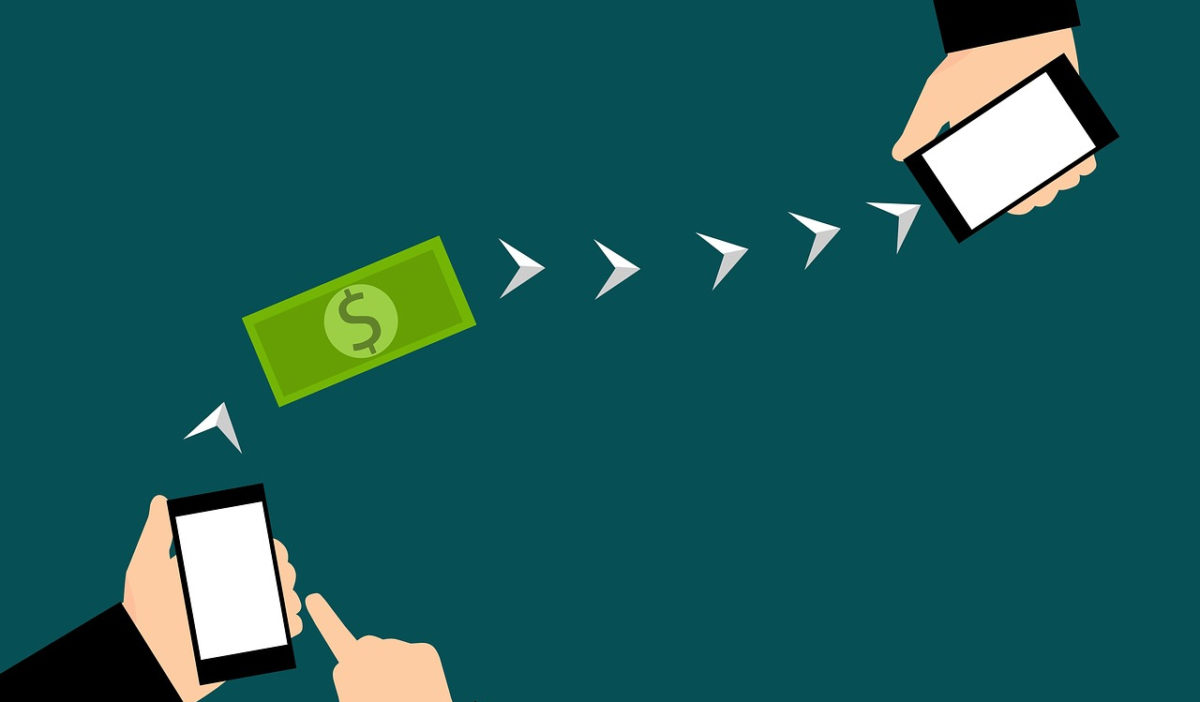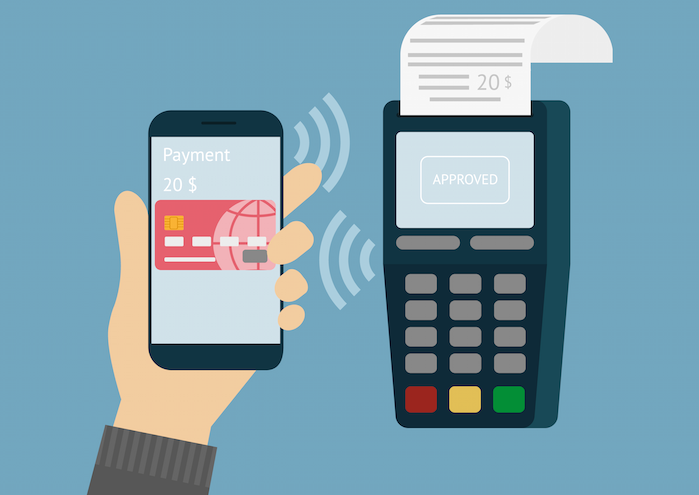Mobile payment is developing in a rapid pace in mainland China. Mobile transactions between January and October 2017 amounted to a total of US$12.77 trillion and increased by roughly a third compared to previous year.1 Mobile payment enabled Chinese consumers to make electronic transactions at any level, ranging from purchasing your breakfast at a small roadside food stall to paying your monthly rent. The rapid adoption of mobile payment is typical for China, while consumers in developed regions such as Western Europe or the US seem to be reluctant to incorporate mobile payment in their daily lives in a such a way as it occurs in China.
Mobile payment has trouble with positioning itself in developed regions due to the presence of a solid banking infrastructure. China has made a remarkable development since its opening up in 1978 and has ‘skipped’ the banking evolution during its process in becoming a developed country. In contrast to the Chinese situation, the majority of the people in the aforementioned regions already possess a debit card, credit card or both when they got in touch with mobile payment. Combined with a well-established payment infrastructure, there is little need for these people to switch to another payment platform. In fact, it may even become a burden to do so.
For example, in the Netherlands a debit card will assure you to pay closely to anywhere in the country, as cash machines and cash devices are nearly all over the place. In case you would leave your cash and debit card at home, as a consumer you run a great risk of unable to buy anything because mobile payment platforms are generally not supported.
Mobile payment has been successful in China, but only because it passed the banking evolution. In developed countries, banking infrastructure enjoyed the time to settle in society and people’s daily activities. The financial sector is however catching up with people’s smartphone behavior by introducing mobile debit card functionality to smartphones.2,3 Although we see an alternative mobile payment platform emerge, one that is closely intertwined with the banking infrastructure, it will not replace the debit card in the short term.
Sources
1http://www.chinadaily.com.cn/a/201802/19/WS5a8a8e42a3106e7dcc13d08f.html
2https://www.rabobank.nl/particulieren/betalen/contactloos-betalen/rabo-wallet/
3https://www.ing.nl/particulier/mobiel-en-internetbankieren/mobiel-betalen/index.html


